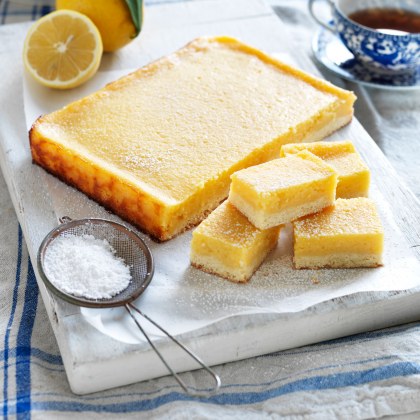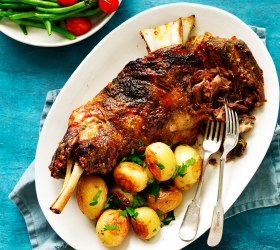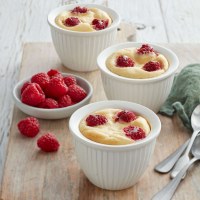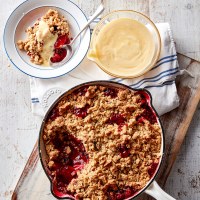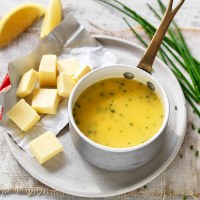How to get more juice out of a lemon, lime or orange
If you've ever felt like you're barely getting any juice out of your lemons, limes or orange, this tip is for you. This simple trick is the best way to juice your citrus to get more out of them, and more juice is always better!
The best way to juice a lemon, lime or orange
This trick for getting will work for almost any citrus fruit.
Tip: Do you also need the zest from your fruit? Make sure you zest before you juice. Scroll down to read how to zest citrus.
Warm your fruit
Warming your lemons, limes or oranges before you juice them softens them and makes the juice easier to extract. To warm, remove any stickers and place the whole fruit in the microwave (do not cut). Heat for 20-30 seconds or until warm.
Pre-roll your fruit
Roll the lemon, lime or orange on the kitchen counter using the palm of your hand and firm pressure for around 10 seconds. You are aiming to bruise the fruit loosen up the juices inside, so press down firmly.
Cut and juice
Cut the fruit in half. Juice using a citrus press or a reamer, squeezing firmly.
Tada! That's as juicy as it gets.
How much juice is in a lemon, lime or orange?
Each variety of fruit produces slightly different amounts of juice, but this is a rough guide:
- An average lemon will contain 2-3 tablespoons of juice.
- An average lime will contain about 1 tablespoon of juice.
- An average orange will contain 4-5 tablespoons of juice.
How to zest citrus
This technique will work for almost any citrus fruit, including lemons, limes, oranges, grapefruits and more.
- Zest the fruit whole - it’s easier to zest a whole fruit. If you need both zest and juice from a fruit, always zest it first.
- Clean the fruit - you’ll be using the outer skin of the fruit, so ensure it’s washed in cold water and dried.
- Avoid the pith - Using a zester, microplane or the finest grater available, grip your fruit and firmly run the skin of the fruit over it. As soon as you can see the white, bitter pith, stop grating and turn your fruit to a fresh area of peel.
- If you don't have a zester or grater, you can use a vegetable peeler or small sharp knife to carefully slice large pieces of zest off. Then slice zest finely with a knife. Be aware that using a vegetable peeler will give you chunkier zest which can change the texture of your recipe.
- Save the fruit - Scraping the zest from the fruit will make it dry out much faster. If not using straight away, store the rest of the fruit in an airtight container in the fridge.
What does zest do in cooking?
Zest is full of citrus oils which add intense citrus flavour without acidity or liquid from the juice. It's often used in baked goods, sauces and as a garnish for its colour.
Recipes with lemon zest:
Recipes with orange zest:
Recipes using lemons, limes and oranges
GET THE RECIPE: Lemon and White Chocolate Crackle Cheesecake by Copha
This recipe uses both the rind and juice from lemons for a full lemon flavour and beautiful colour.
GET THE RECIPE: Lemon Butter Bars by Western Star
Shortcrust base with zesty, smooth and sweet lemon butter filling. All you need to do is brew a cup of tea!
This recipe for lemon curd can be used on more than just pavlova, try it on ice cream or to fill cakes.

